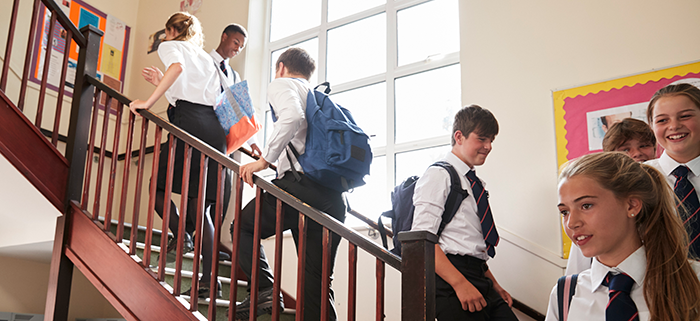Amid the ongoing pandemic and the many unknowns for the 2020-21 school year, Catholic schools are facing a significant, though familiar challenge – enrollment. Predictions of 100 or more closures by the start of the next school year are becoming a reality as we hear of the loss of three, five or ten schools in a week. And those schools that remain open face enrollment challenges. In conversations with superintendents and school administrators in the past few months, we at Meitler are hearing of planned budget reductions to accommodate between 10% to 20% fewer students from last year. But this reduction in primarily Catholic elementary schools is not a new problem: “98 schools closed before the start of the 2019-2020 school year; 93 in 2019, 110 in 2018, 86 in 2016 and 88 in 2015.” (America: The Jesuit Review of Faith & Culture online/Catholic News Service; 6/23/20) Catholic high schools need to recognize that their traditional feeder system is in trouble and needs to be reorganized.
In response to this enrollment challenge we see and read a plethora of articles, briefs and how-to advice about marketing, recruitment and retention in a “new normal” for 2020-21. We hear about sharing our value proposition in a more emphatic fashion, highlighting the great transition to remote online learning our schools were able to achieve during the second semester and sharing plans to safely reopen school buildings. These initiatives are appropriate, but they are only a short-term response to the concern parents have sending their children back to the classroom and the impact of unemployment or reduced wages on a family’s ability to afford tuition. The long-term reality is that we have to look to different ways for Catholic high schools to be sustainable.
Many of our high schools are dependent on the enrollment strength of Catholic elementary schools. A diminishing and smaller feeder school base, however, means the high schools must look to a more reliable source of students in order to build enrollment in all grades. As more Catholic feeder schools are merged, consolidated or closed, the high schools have started to reach into the private and public school world for students. Unfortunately, high school administrators tell us that often these students are not as well-prepared as those coming from their traditional Catholic feeder schools. With fewer Catholic elementary schools to provide high school students and the uncertain quality of education found in alternative feeder schools, some high schools have implemented a different model – the “Middle/High School,” with grades 6-12 or 7-12.
High schools are finding numerous benefits in this model. The expansion of grade levels provides the opportunity to prepare students for high school through a well-articulated and aligned middle/high school curriculum. This also creates a middle school experience with enhanced opportunities for advanced courses, counseling and student support services and a broader range of co-curricular activities.
There are other advantages as well. In some areas, parents are looking for a more stable middle school experience than the local public school system provides. The free public elementary experience was sufficient in the primary grades, but now the value proposition of a disciplined and value-focused middle school justifies tuition payments. In addition, many Catholic elementary schools experience enrollment declines in the middle school grades. Creating a plan in partnership with the current Catholic elementary schools could assist them in balancing their budget by focusing on fully enrolled grades. Maintaining sensitivity and a collaborative spirit with local Catholic elementary schools during the planning stages is imperative.
At a time when Catholic high schools need a new vision and possibly a different path for sustainability and vitality, some high schools, like Pope John Paul II High School in Hendersonville, Tennessee are taking a look at this model to stay relevant for the future, following on the experiences of Catholic high schools like La Reina Middle and High School in Thousand Oaks, California, Benilde St. Margaret’s School in St. Louis Park, Minnesota and Pope John XXIII in Sparta, New Jersey.


